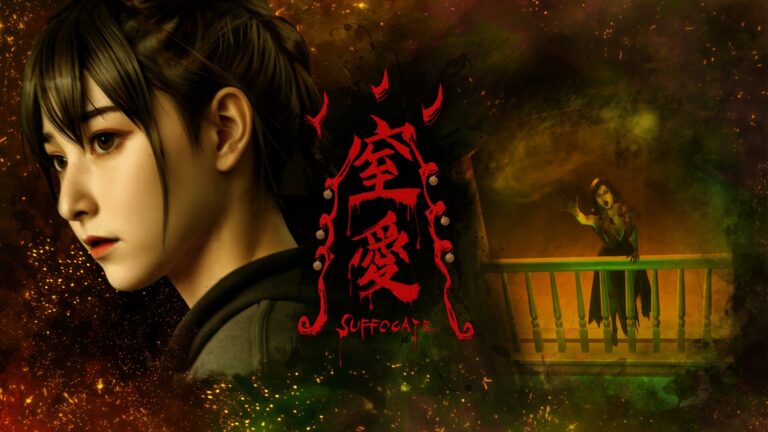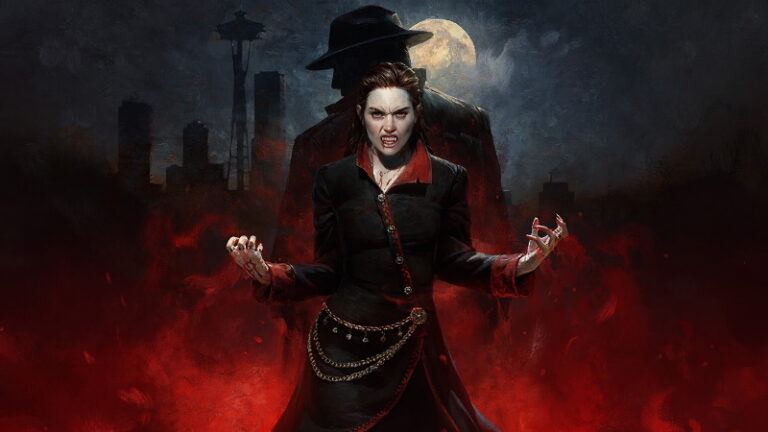The third entry in the series for the GameBoy Advance exceeded all expectations. “Circle of the Moon” and “Harmony of Dissonance” were great titles, but had their flaws. “Aria of Sorrow” takes intuitive gameplay and mixes it with beautifully crafted music, improved graphics, a balanced difficulty level and one of the series’ more unique adventures to date. Introducing a slew of new characters and taking place in the future, (2035) it is definitely a Castlevania title that pushes its own envelope with its modern setting.

As Soma Cruz, players engage Dracula’s castle that was sealed in an eclipse a few years prior (the battle of 1999) to the events happening in this game. The castle has once again materialized and Soma is brought to it unwillingly and unknowing of what is happening to him. Keeping with the platform/rpg style of the much acclaimed “Symphony of the Night,” this game gives us a massive castle and hours of fun and intriguing gameplay. Like the other entries, players traverse an ever-growing castle with new areas becoming accessible with the more abilities you acquire; compounding on this formula is the Soul system, a new feature to the series and one of the best to date.
Throughout your journey, Soma will randomly collect enemies’ souls and gain special abilities attributed to them. There are three types of souls: Guardian, Bullet and Enchant, all of which you can only equip one of at a time. There are also Ability souls that are black (usually acquired after a boss battle or uncovering a secret area) that permanently augment Soma for the duration of the game once you find them, i.e. the series’ staples like double jump and being able to breathe under water. All of these abilities give the player an almost countless number of combinations to experiment with and also gives the ‘completionist’ in us reason to collect all of the souls.

Along with all of the innovative gameplay comes a story that pushes the boundaries of the series. When people think of Castlevania, they think whips, medieval Europe with ghouls, vampires and decrepit castles, and while there is a castle, the game is very different than any other Castlevania in the series. First off, let’s talk about the weapons; since “Symphony of the Night,” swords and maces have been included in the arsenal used against Dracula and his minions and in “Aria of Sorrow,” there are guns along with them. Albeit a very weak weapon, the fact that guns are used in a Castlevania could have easily pissed off many fans, but instead their inclusion was so subtle that they did not cause too much distraction from what the game is truly about, nor lose focus on the roots from which the series has grown.
Weapons aside, the player is in for a wild ride with multiple endings. If you play just to play, you will come to find an incredible secret that is withheld until the very end – which also has a bad, yet eerily satisfying ending. If you press on and investigate off track of the main story, you will uncover the true and even more satisfying ending. To top it all off, there are different modes that let you do a Boss Rush and also have a New Game +, so you can run through with all your equipment a second time, kicking much ass. For any Castlevania fan, this is a must. If you don’t play Castlevania games but enjoy a good platformer/rpg like Metroid, this is one to try. From music to story and gameplay, this Castlevania is an all-around great time and definitely warranted its DS sequel.
 (10 / 10)
(10 / 10)
The Holy Grail
 (10 / 10)
(10 / 10)The Holy Grail




